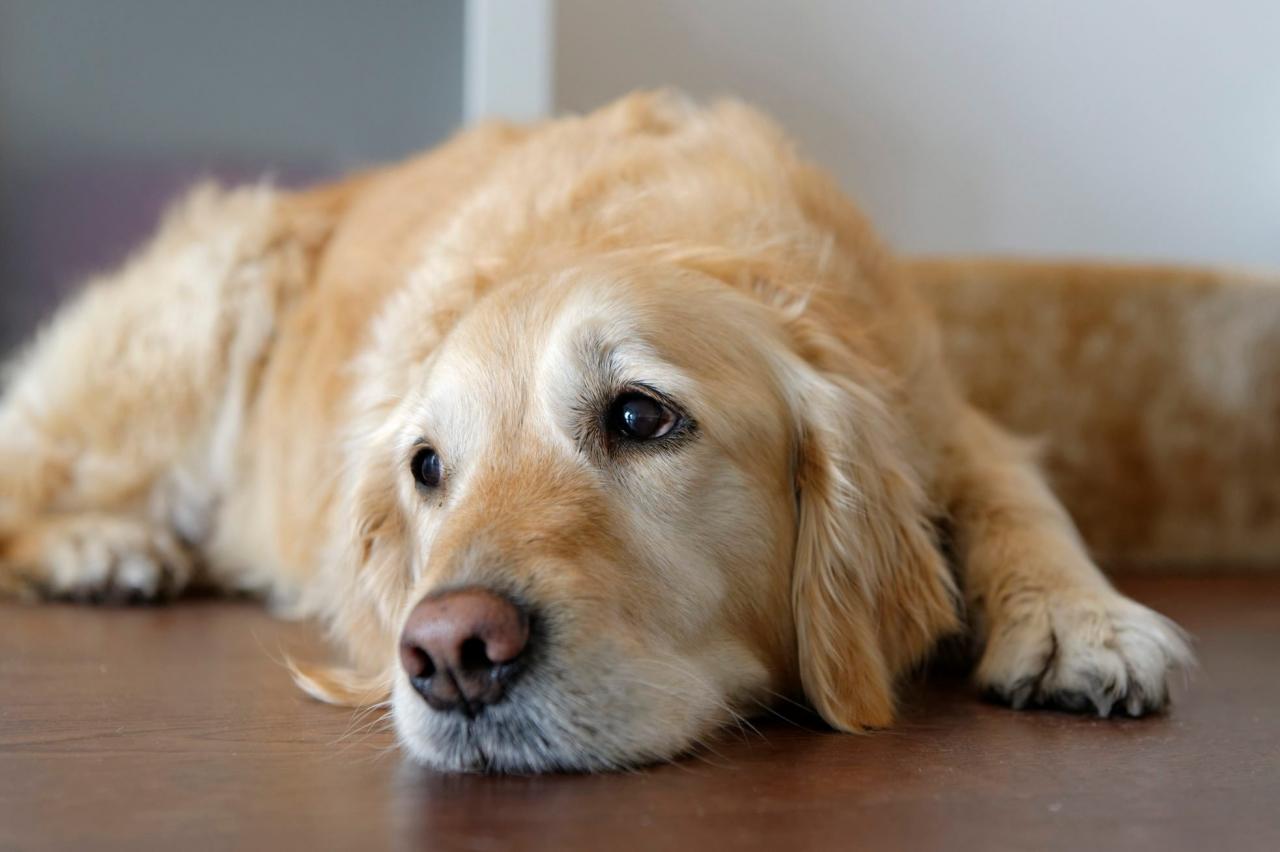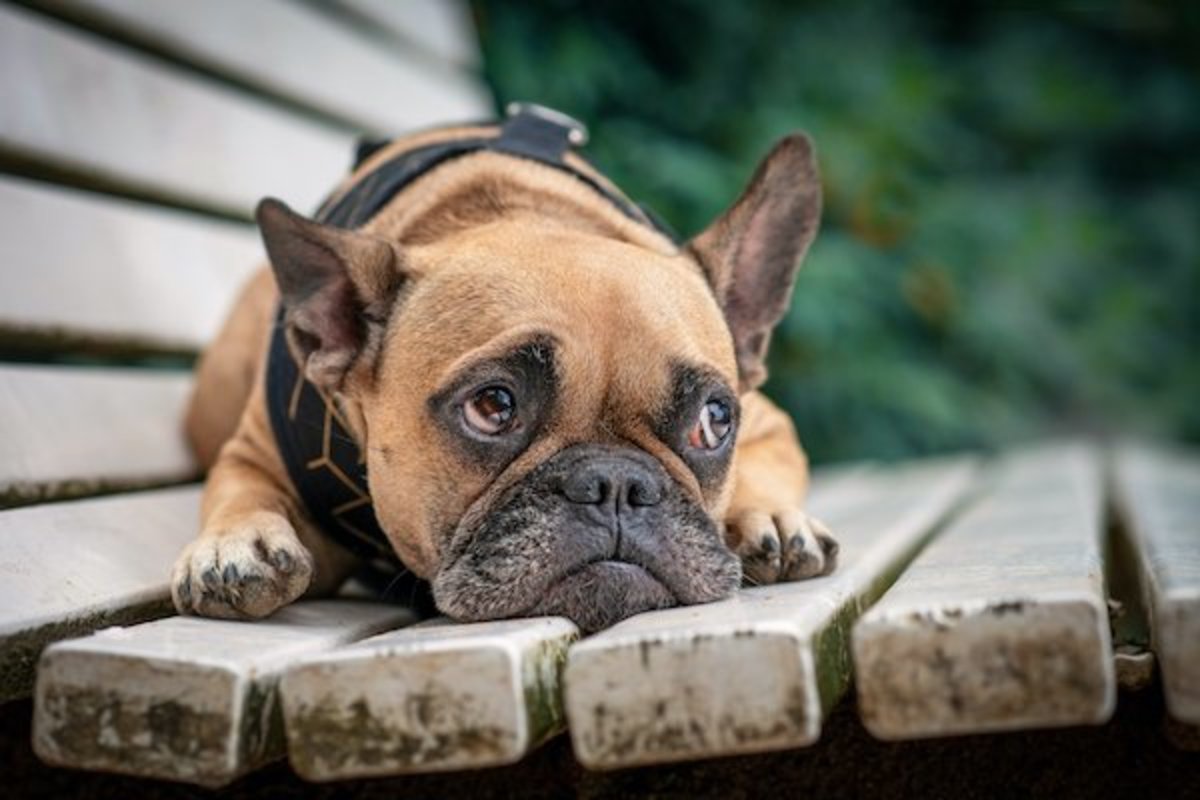The old dog books that I used to read in the library as a child said you should ignore your dog the first time you come home.
We love that our dogs go nuts when we come back to them after a short absence, or even if we have been away for five days.
Sometimes their celebrations of homecoming are linked to undesirable behaviors such as jumping up, growingl, or dribbling urine. Old training advice says to act nonchalantly so that our dogs will see that there’s nothing to worry about when we return home.
It’s possible that their “happy-you-are-home” dance represents an evolutionary process, and not a true display of happiness.
This new Japanese research is solid proof that our dogs love us SO much. We already knew Japan could be bizarre at times.

Does your dog cry tears of emotion?
Researchers at Azabu’s School of Veterinary Medicine conducted the study that was recently featured in Creative Biology Magazine.
Researchers used Schirmer Tear Tests (STTs) to determine tear production among dogs. In the STT, a thin and small strip of paper is placed under each lower eyelid. This strip sticks up vertically, and when it gets wet changes colour. It allows you to track tear production.
It’s actually not as strange as it may sound. The STT is used for measuring tear production in dogs and to diagnose dry eyes.
The researchers found that after a separation of 5-7 hours, dogs shed more tears upon being reunited. When reunited, they shed more tears.
Human tears are different depending on our emotions. Some of the stress hormones that we produce when overwhelmed with emotion are released through tears. This is why crying can make us feel good. The sight and smell of tears can also influence the behavior of other people.
We don’t yet know whether the tears of dogs change in composition with their emotions.
There’s also another fascinating part to this study.
The human test subjects were shown pictures of dogs, with and without artificial tears. Human test subjects responded more positively when they saw dogs with artificial tears.
You may remember those ASPCA ads that featured sad footage of animals, and the song “Arms of an Angel” by Sarah McLachlan playing as they played?
Those commercials may have been so successful in grabbing at our hearts because they were so emotional. Animals with teary eyes are irresistible.
Does Your Dog Cry?
Although research suggests that dogs cry when happy to be with us, the majority of people would say that they don’t.
Cow’s eyes never get teary. Matilda, however, does have tears in her eyes.
When she’s hungry, her eyes will be wet and shake. She also does this when I take too long getting her in bed.
This was always something I attributed to the fact that she is a smaller dog. The tear ducts of small dogs are usually shaped so that tears that do not contain emotions tend to flow down the face. Our small dogs are prone to eye crusts and tears stains.
I now know that the tears could very well have been a display of emotion.
Cow is my most emotional dog. She has extreme ups and downs. She’s also prone to confusion and anxiety. She doesn’t cry and I don’t have to wipe her eyelids often.

What to do with dogs that cry
How to react when you get home to your dog
Even though they might tear, our dogs may still show undesirable behaviors as we enter the room.
It may not be okay for your dog to jump on you as soon as you get home, even if she is just happy to see.
Empathy is the first thing we need to do when we are dealing with undesirable behaviors. When they are emotional, our dogs can’t control themselves.
Being intuitive will help us to stop these behaviors without neglecting the emotional needs of our dogs.
When we get home, why do our dogs jump on us? They usually do it because they’re excited to see us.
It hurts me when Cow jumps onto me.
It’s been helpful to speak softly when I get home. When I come home, I wait until she is seated before opening the door. After she has calmed down, I go down to her level so that she does not have to leap up in order to get to me.
Homecomings don’t need to be big events.
Imagine that your child or spouse ran to greet you as you entered the house. They may have been excited, but you might be suffering from a headache.
You would knee them (as the old dog-training advice suggests!) Would you calmly soothe them and give back the affection?
It’s wonderful when our dogs come to us for comfort, especially if they are feeling a lot. When we satisfy their emotional needs it is much easier to promote the behavior we desire.